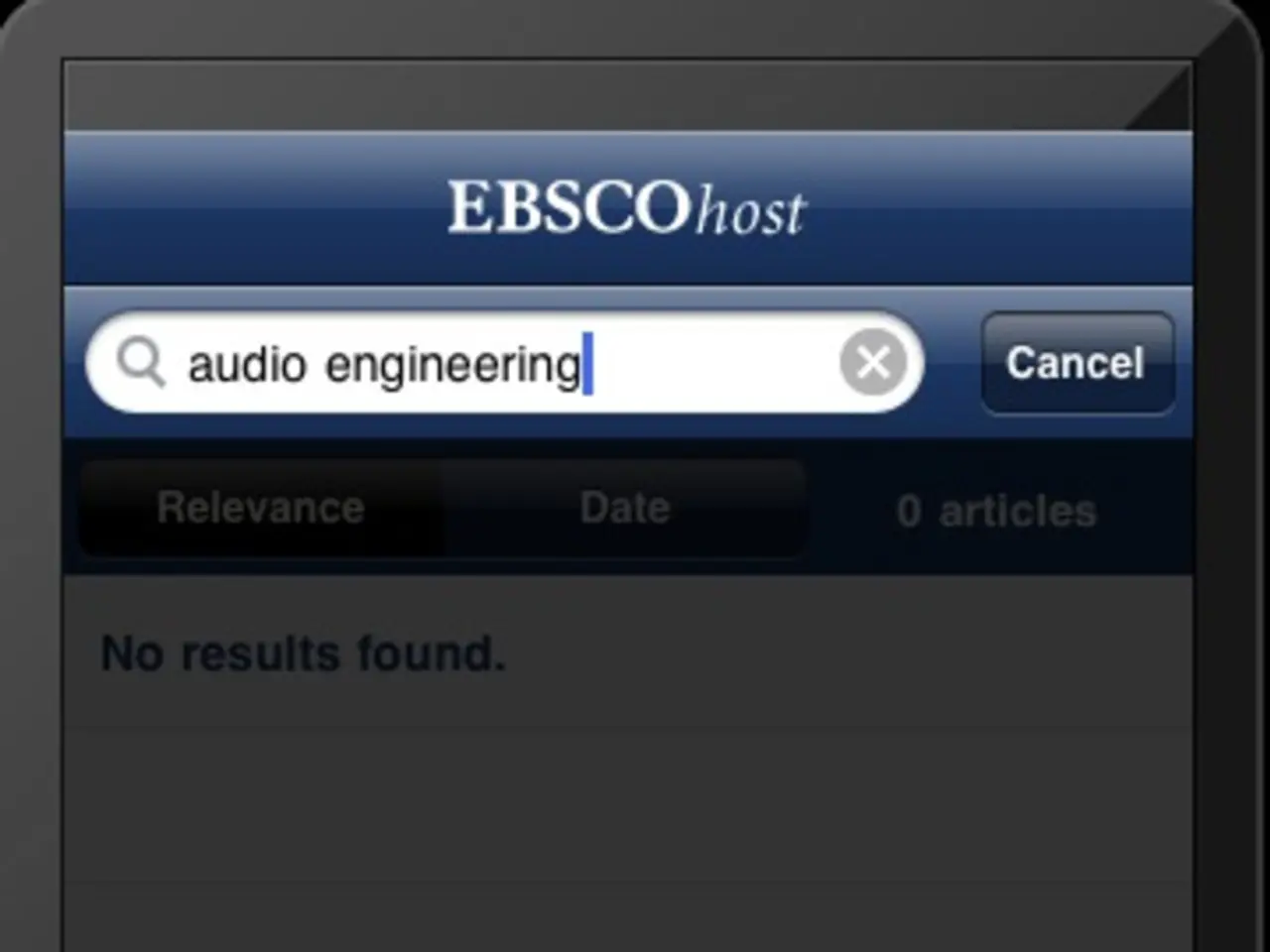Guide on Implementing Multilingual Functionality in iOS and Android Applications
In the ever-expanding global app economy, offering a multilingual app experience can unlock numerous benefits. A study by CSA Research shows that 76% of consumers prefer to buy products with information in their native language, and over 40% won't buy at all if it's not available [1]. To cater to this diverse audience, here's a guide on implementing multilingual support in iOS and Android apps without the need for extensive coding.
Essential Features of a Multilingual App
A multilingual app should allow users to select their preferred language, display content in that language without breaking the design, handle things like dates, currencies, and number formats correctly, and respect local customs like right-to-left (RTL) layout for Arabic or Hebrew. Multilingual testing should cover UI rendering, RTL layout support, font rendering and encoding, locale-specific formatting, and push notifications [2].
Testing and Collaboration
When testing multilingual functionality, it's recommended to use tools like BrowserStack or Firebase Test Lab to test on multiple devices. For collaboration, using a translation management system (TMS) like Phrase, Lokalise, or Crowdin can streamline the process for apps localized into 4+ languages [3].
No-Code Solutions
Implementing multilingual support doesn't always require coding. Here are some recommended no-code methods:
No-code app builders with multilingual features
Platforms like GoodBarber let you create native iOS and Android apps and Progressive Web Apps without coding, and they support multiple languages out of the box. These platforms provide automatic language detection, in-app language switching, and easy content translation management via CSV uploads or integrated translation tools [4][5].
Leverage SAP Business Technology Platform (BTP) Translation Hub combined with SAP Build Apps
This setup integrates translation services, context-aware translations, and APIs for embedding multilingual support seamlessly, without requiring manual coding [1].
Manage translations using built-in admin translation tools
Some platforms offer tools that allow you to upload or edit translations and customize menus or pages per language. For instance, BuddyBoss App includes core interface translations for 20+ languages with CSV upload support and automatic language detection on both web and mobile apps, all without coding [4].
Planning Your Language Strategy
Before adding multilingual support, it's important to plan your app's language strategy by identifying top users, their locations, the most important languages for the audience, the content that needs updates with every release, and cultural context [6].
The Benefits of a Multilingual App
Offering a multilingual app experience can unlock benefits such as wider market reach, higher conversion rates, stronger retention, and better app store performance [2]. In the global app economy, not having multilingual support in apps can lead to lost customers and growth opportunities.
[1] https://www.sap.com/products/cloud/business-technology-platform/translation-hub.html [2] https://developer.android.com/guide/topics/resources/localization [3] https://www.lokalise.com/ [4] https://www.goodbarber.com/ [5] https://www.buddyboss.com/app/ [6] https://www.csa-research.com/reports/global-consumer-preferences-for-product-information-in-their-native-language-and-the-impact-on-ecommerce-sales/
A no-code app builder like GoodBarber, which allows creating native iOS and Android apps, can help integrate multilingual support with ease, offering automatic language detection, in-app language switching, and simple content translation management. In addition, leveraging SAP Business Technology Platform (BTP) Translation Hub combined with SAP Build Apps provides a seamless integration of translation services for multilingual support without the need for manual coding.




